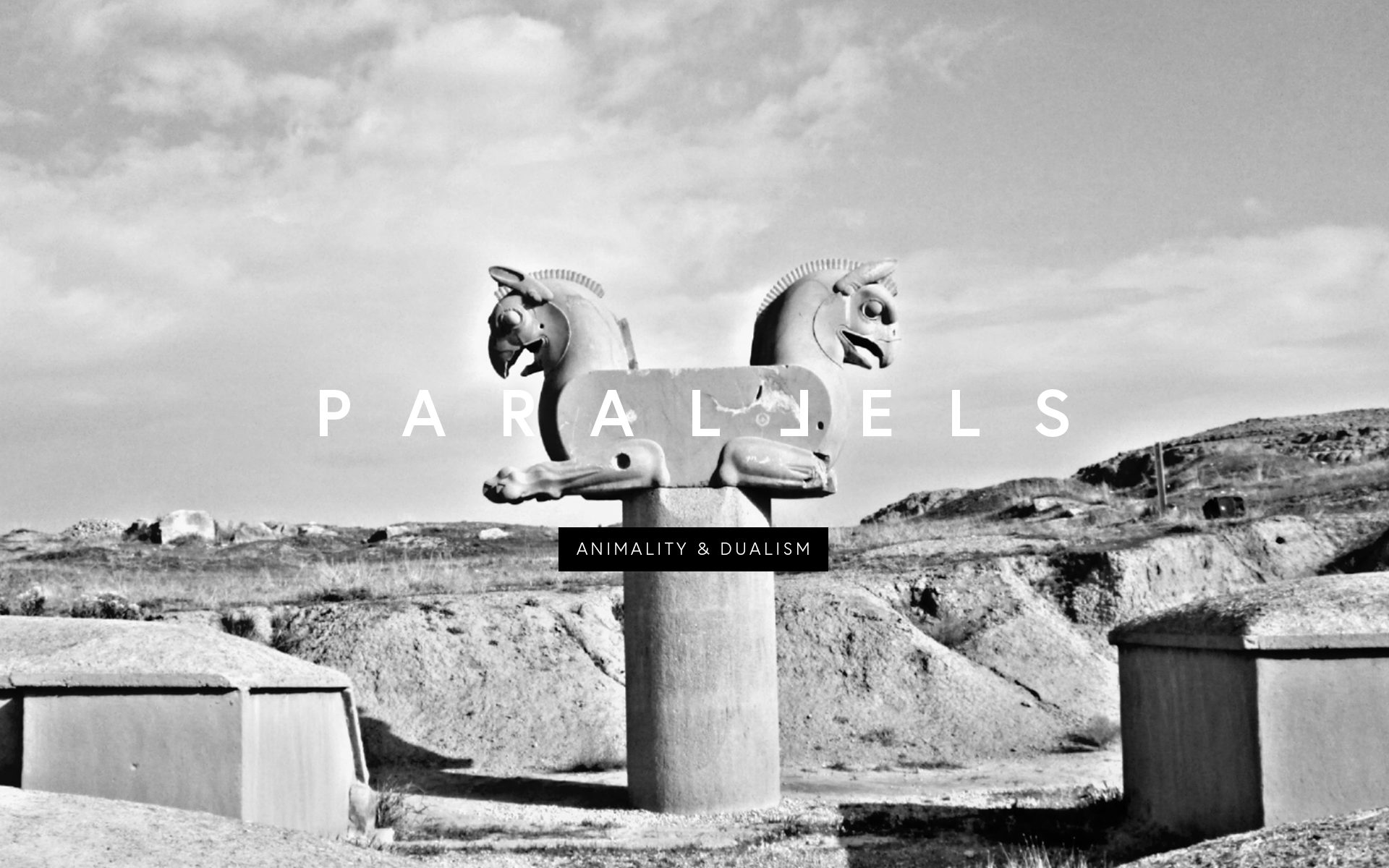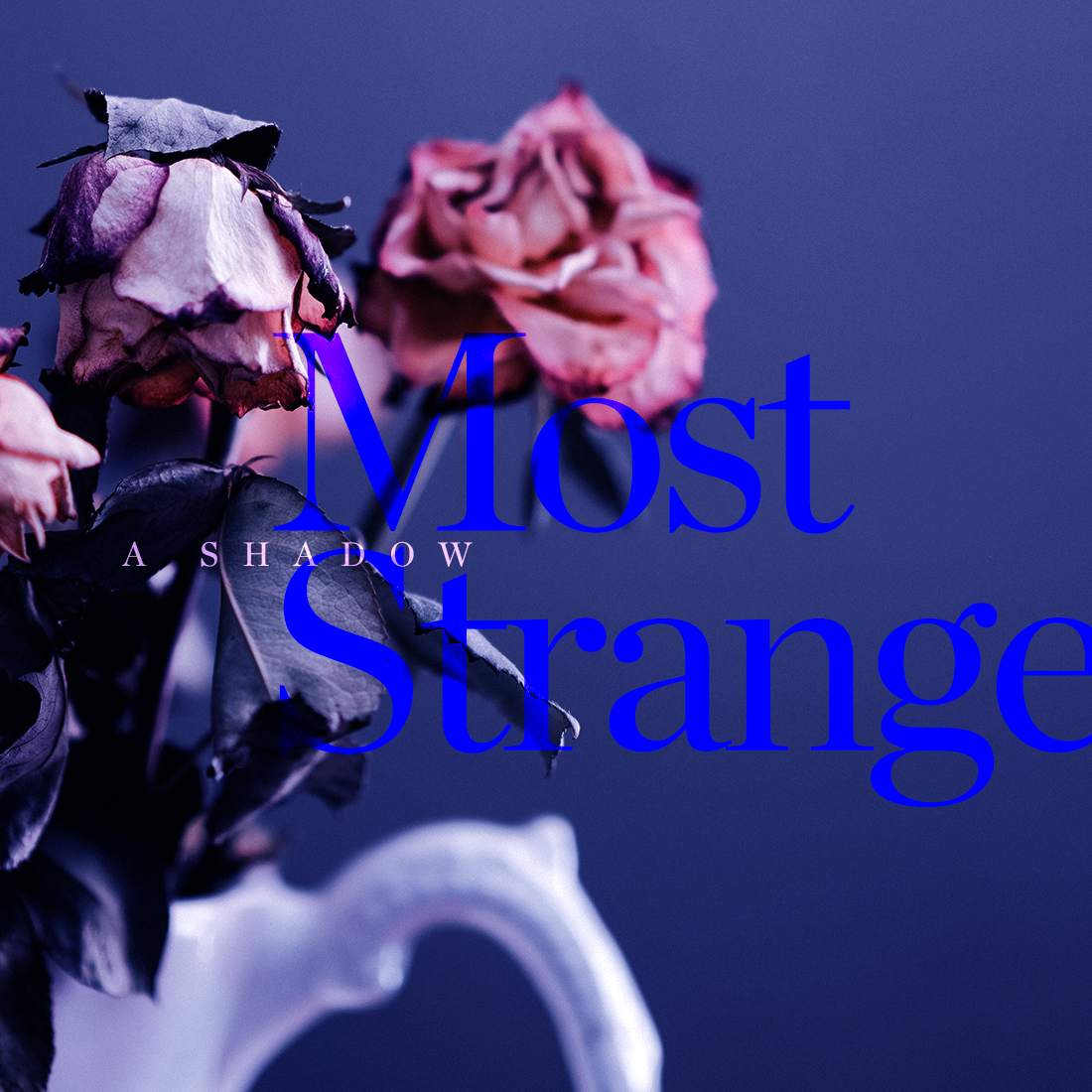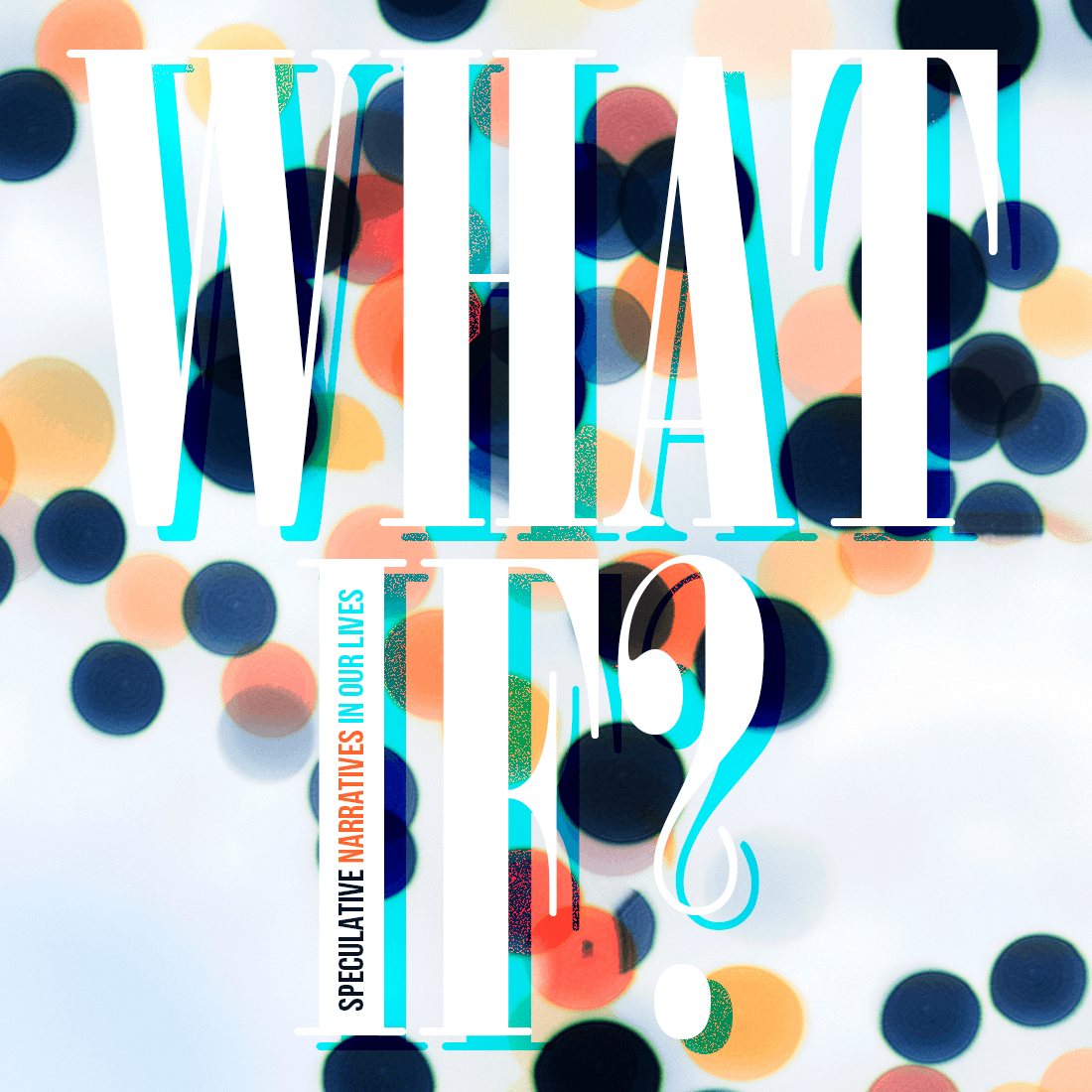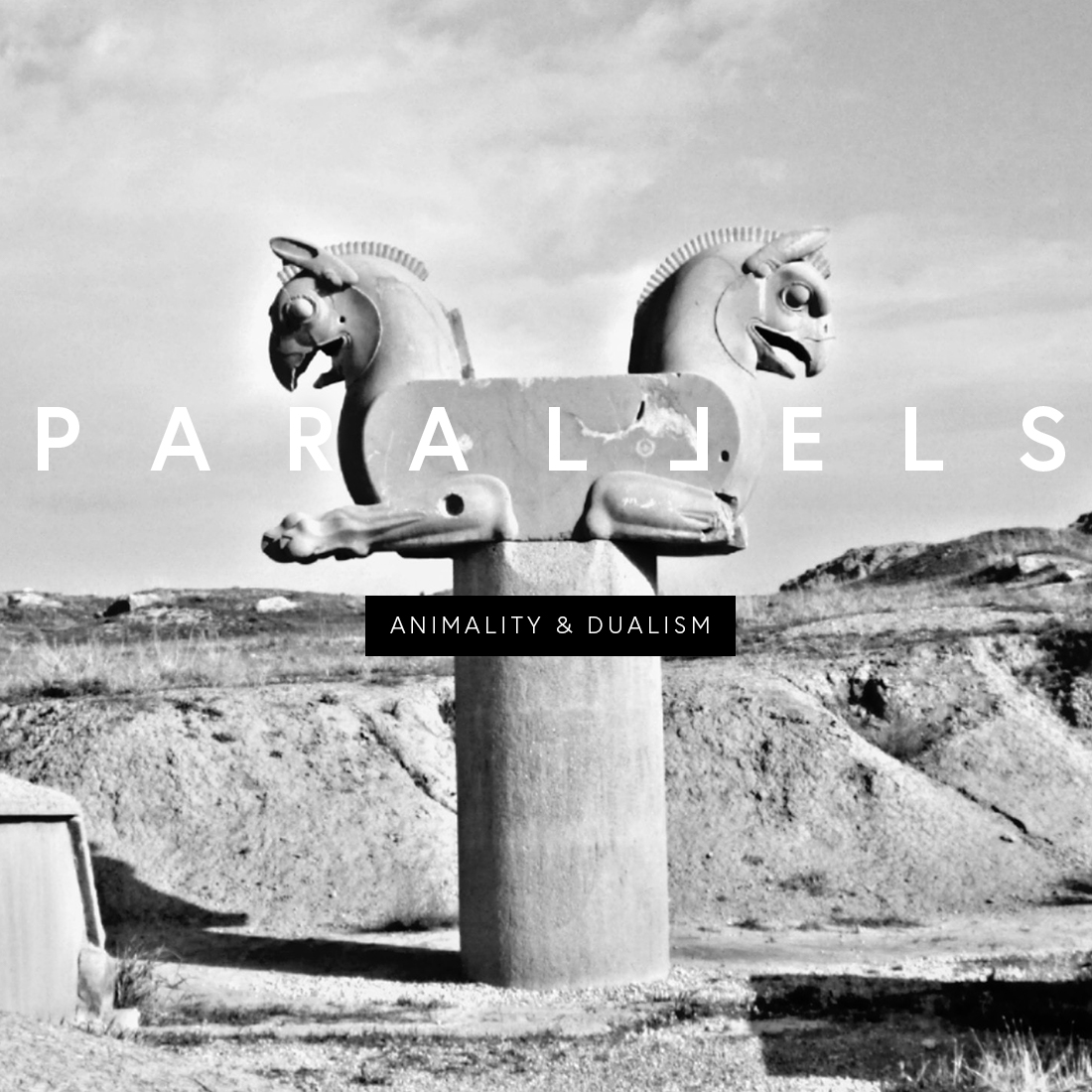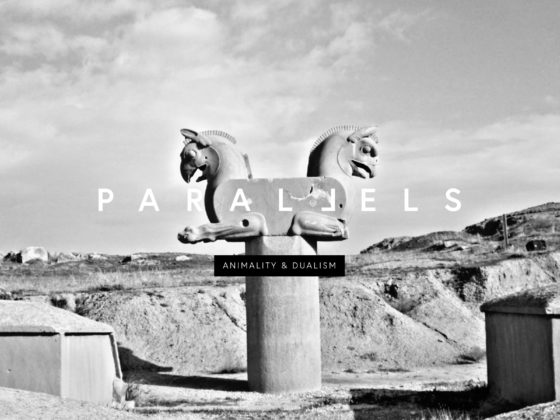KATIE ROSENGARTEN
The world of fiction is arguably where animals shine brightest. That, and when their lives are dramatically narrated by Sir David Attenborough’s mellifluous RP accent. Unchained from the limitations of human perspective, animals within the fictitious mediums of novels, comic strips, and cartoons can adopt personas that, while undoubtedly inflected by human understandings of selfhood, do so without shedding their core animality. The most common way of doing this is by naming the animal — not as you would a pet (no offense to “Fluffy” or “Buddy”) — but as you would a human, with cultural, generational, even poetic significance. But stretching beyond their topical identifiers, the personalities these anthropomorphized animals assume can have giant philosophical, religious, and existential implication for the world they live in, and, most importantly, for the humans (and other creatures) they share it with.
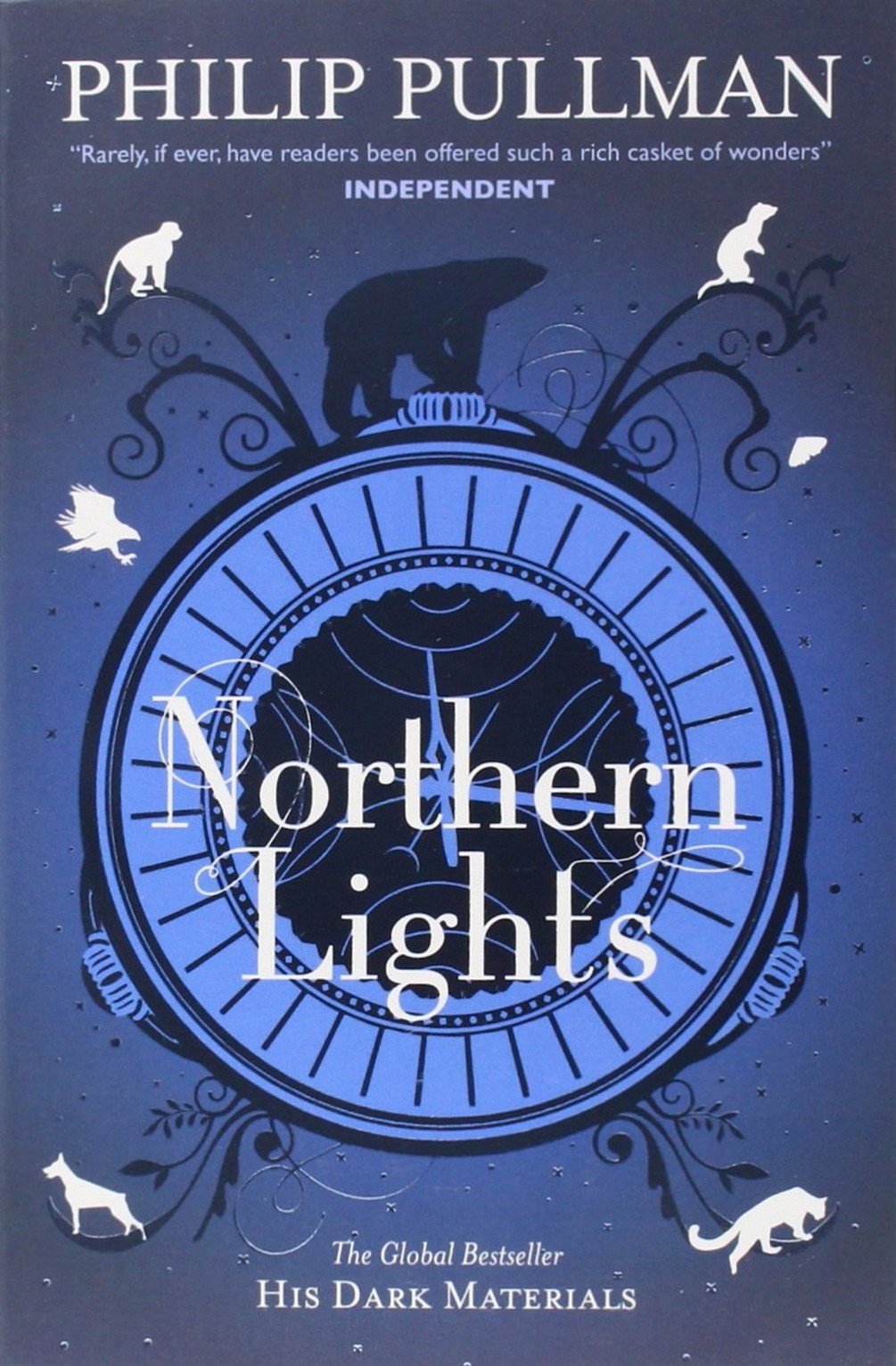
Source: Amazon
One novel whose created world — multiverse, more accurately, with multiple, parallel worlds therein, of which ours is only one — relies on the role of the animals in it, is Philip Pullman’s trilogy His Dark Materials (HDM). Before I delve any further into the details of Pullman’s novel, a quick NB: I have only read the first installment in the trilogy, Northern Lights (also published as The Golden Compass). Although I am familiar with certain key plot developments in the ensuing books, I haven’t read them firsthand. All that said, this piece aims to explore the theoretical and philosophical implications of Pullman’s world, in particular through his use of animals and animality in a broad sense, for which there is no dearth of evidence within the first book itself. In a manner similar to other series for which the development and curation of the world in which the story takes place is key both for the metaphysical properties of that world as well as in informing the narrative that unfolds within it, Northern Lights is an introduction to these core elements that compose the world of HDM.
[…] in the world of fiction and imagination, why not give a body to the voice in your head?
Animals play a key, if not fundamental, role in Pullman’s HDM world. The animals might not be as obvious an indicator for the subtle differences in this parallel world — such as the more ostentatious airships floating in the skies, and the authoritarian pseudo-religious oligarchy called the Magisterium watching over everything. However, an examination of the animals in Northern Lights, and their metaphysical properties within their world, in particular in their relationship to humans, is key to unlocking virtually every narrative thread in the series. Additionally, like many of the elements Pullman creates for his parallel world, the animals are largely derived from either classical or Christian sources, primarily philosophical or literary. Perhaps the most significant of Pullman’s refashionings is his choice adaptation of a word with deep classical and Christian resonance, which he uses to identify the main and most important animal group in the series — who technically aren’t even animals: daemons.
His Dark Materials: Dust, Daemons, and Other Terms You Should Know | Source: © IGN/YouTube
It’s not only the fact that daemons have names and voices and personalities of their own that separates them — elevates them, even — from animals. Rather, the daemon is a co-constitutive of each human being, encouraging readers to see humans and animals as more closely linked than they might at first anticipate. This concept, just stated as such, throws a giant curveball at the religious and specifically Christianized elements of HDM’s world. Not only is a human’s soul external to their own physical being, which problematizes our foundational understanding of human nature, philosophical or religious, but it is in the form of an animal. So why would Pullman choose animals as the external manifestation of human souls?
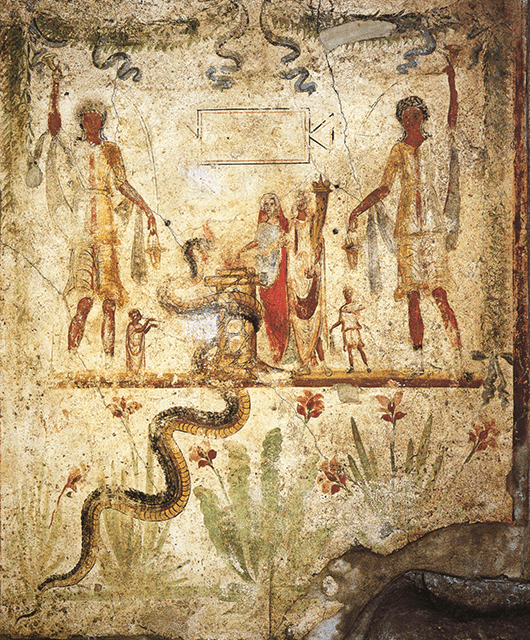
Agathos, a benevolent Daemon, as represented by the snake in this fresco in Pompeii | Source: Wikipedia
One way of answering this is to look further into the word daemon and its etymological and semantic development from the Greek δαίμων (daimon) to the Latin transcription daemon (as used in HDM) and eventually to the Middle English demon. The word δαίμων covers all manner of sins, but a helpful way to conceptualize it in classical metaphysics is a step down from a full-blown god and above heroes and humans, but able to interact and communicate with humans in some key ways. In the Homeric Hymns, the Greek poet Hesiod described δαίμονες (pl. of δαίμων) functioning as tutelary deities in the form of the souls of men of the golden age. Most commonly, a δαίμων was described in relation to the effect it had, good or bad, auspicious or misfortuned, on the people upon which it was bestowed. It’s quite hard to find a completely satisfactory definition of δαίμων, precisely because the context in which it is used and the potential implications in choosing to use it instead of another.
A parallel etymology stemming from δαίμων also exists for the related diminutive form δαιμονίον (daimonion), which is similarly transcribed into Latin, daemonium, and has slightly different glosses than δαίμων: when used as a noun, it can mean “inferior divine being” and, both in classical and New Testament texts, “evil spirit” (in particular in the contexts of exorcising a possessed human). In one of my favorite uses of both δαίμων and δαιμονίον, in Plato’s Symposium, the god Eros is described as a δαίμων μέγας…καὶ γὰρ πᾶν τὸ δαιμόνιον — “a great divinity; in fact, an entire divine spirit.” Whatever the philosophical implication that phrase has, in particular in the redundant and distinct uses of the two words δαίμων and δαιμονίον, the most interesting part is the equation of love and πᾶν…δαιμόνιον — pan-daimonium, or “pandemonium.” In short, love is insanity at the hands of some great spiritual entity. Furthermore, there’s a notion throughout that a daemon is distinctly not a physical entity but rather a conceptual, philosophical one: it’s the voice in your head that tells you to do something, either to your favor or your demise, depending on the nature of the daemon. So then our question begs re-asking, with a new qualifier: why give daimons a physical presence in the first place, and then make that external form an animal linked to its human’s soul?
[…] the personalities these anthropomorphized animals assume can have giant philosophical, religious, and existential implication for the world they live in, and, most importantly, for the humans (and other creatures) they share it with.
One answer to this is a bit of circular reasoning: in the world of fiction and imagination, why not give a body to the voice in your head? And, furthermore, since that voice is distinctly non-human but also not foreign to humanity, why not give it an animal form that distinguishes it from its human but implies a connection between their existences? If daemons could always communicate with humans, why not realize those conversations while still maintaining the kind of intimacy and familiarity implied in the link between the two? An animal is a befitting shape for a daemon since it shares and perceives the same world as humans, but does so through means of perception that are similar yet removed from our own, not unlike the classical notion of daimons who have access to higher, divine knowledge but can consort with humans as tutelary guides and advisors. Furthermore, to take advice from someone, even from a higher power, requires trust, and a daemon’s animal form — as opposed to other possible “divine” representations, like winged angels or horned demons — relies on an inherent ontological and emotional bond between the two species that lays the groundwork for that trust.
There are two examples of human-daemon relationships in His Dark Materials that mark two extremes of the possibilities inherent in this unique bond. The first is Lyra Belacqua, the series’ heroine, and her daemon Pantalaimon (whose name means “all-compassionate” and is often abbreviated to just “Pan”); the second is Mrs. Coulter, a ruthless high-up within the aforementioned Magisterium (and, spoiler, Lyra’s mother), and her daemon, a long-haired golden monkey, who remains anonymous in the books. Not only are Lyra and Mrs. Coulter’s relationships to their own daemons unique (even though everyone’s bond with their daemon is, by nature, individual), but in contrast to one another they serve to illuminate the range of human-daemon connections and the ways in which they are tested, revealed, and challenged.
How puppeteers brought the Dæmons to life | His Dark Materials | BBC Trailers | Source: © BBC Trailers/YouTube
A daemon’s life begins when their human is born, and ends when their human dies. For instance, when Lyra is a baby, she is depicted swaddled with her daemon; and when Lyra first sees someone die, she describes the daemon’s form evaporating, leaving the horrific sight of a human without a daemon (which they analogize to seeing a human without a face). If the bond between human and daemon is rooted in the psychic, spiritual link between the two, it is sustained and grown through the physical. A daemon’s physical form is reliant on and only manifests itself when its human has physical form, too; it’s unknown what happens to a daemon’s essence or spirit when its human dies. In another facet of daemons’ physicality, it’s considered socially taboo to touch another person’s daemon, which serves as an interesting reiteration of the fact that daemons are not pets, but rather walking (or flying or slithering or swimming) extensions of their human’s innermost essence.
However, contact between daemons is acceptable and seen as akin to two animals familiarizing themselves with one another through scent and sight. It’s telling, too, that it’s okay for one daemon to make contact with another daemon, insofar as it speaks to the singular and elevated role they play, and therefore to their delicacy and preciousness (not to be equated with weakness). In an encounter between Lyra and Mrs. Coulter — before Lyra is made aware that Mrs. Coulter is her mother, and after many failed attempts on Mrs. Coulter’s part to entice Lyra into being polished and moulded in various ways that go against her true nature — two interesting and frightening things happen with their daemons. Firstly, before the encounter itself, Pan senses Mrs. Coulter’s potential ill-will, both towards Lyra and all children in general, first through the oddities between her and her daemon, and perceives them more quickly than Lyra, who is initially influenced by the glamour and comfort of her life with Mrs. Coulter. But as soon as Lyra begins to read the situation as Pan does, she confronts Mrs. Coulter directly. On the defensive, but usually someone who is able to channel her fear or anger through sharp comments and power moves, Mrs. Coulter reacts through her daemon, who begins to attack Pantalaimon — an indirect yet no-less painful way of attacking Lyra herself, who is able to feel every hit Pan takes. In the first moment we encounter Mrs. Coulter’s true nature, it’s expressed through her daemon.
Brutal daemon battle between Lyra’s Pan and Mrs Coulter’s daemon | His Dark Materials – BBC | Source: © BBC/YouTube
The physicality between human and daemon is tested by the fact that the two cannot, without experiencing a “tugging” sensation or sense of pain, be separated too far from one another, even by a wall or being in another room. However, it’s not impossible, and one of the first signs of Mrs. Coulter’s tenacious will is the revelation that she appears to have trained her daemon (and, by assumption, herself, too) to be able to be separated. This allows her monkey to act more like a spy and special agent for her than a companion, and illuminates the depths of pain (even for herself) that Mrs. Coulter will go to in order to achieve her nefarious goals. It’s implied that, rather than the daemon choosing to be voiceless of its own accord, Mrs. Coulter has, in another attempt at fashioning her daemon to her own devices, has either frightened it, or, quite possibly, threatened it to such a point of no return that it has chosen to be mute (you might even say she puts the demon in daemon.)
A daemon can assume any shape while their human is pre-pubescent; once their human enters the process of maturing (physically, sexually, mentally), a daemon “settles”, or assumes their final animal form, which they keep for the rest of their/the human’s life. Lyra comments in Northern Lights, in which we first meet her as a young 12-year-old, that she never wants Pantalaimon to settle. Her intrepid spirit surely benefits from having a companion who can change to more easily adapt and navigate their various adventures. The process of a daemon “settling” serves as a metaphorical analogy for the nonlinear steps of a human finding and reconciling with their true nature. When exactly a daemon settles is not a fixed moment in time, but rather an indication that the human has experienced or reached a point of maturity that is determinative for their nature. The fear of one’s daemon settling is being forced to reconcile with your true nature every waking moment in the form of your daemon, especially if one’s true nature is not what one aspires to or likes, or if the daemon’s settled form never quite, well, settles with them.
Rather, the daemon is a co-constitutive of each human being, encouraging readers to see humans and animals as more closely linked than they might at first anticipate.
From my experience, reading the book — in which the daemons’ voices speak louder than their appearances — and seeing a TV adaptation — in which the daemons’ animality is unavoidable — of it are markedly different, in particular when it comes to conceptualizing the daemons. A new adaptation of the series has recently come out on HBO, and one of the most striking things at first is the sheer number of animals on screen in a 1:1 ratio of humans to animals, since there’s one daemon for every human, at least in that world. Not only are animals present as daemons, but the show has added aesthetic details to further reiterate the special role of daemons by replacing all the various statues that decorate the roofs and pediments of buildings with busts of howling wolves and baboons and various other animals, keeping watch over Oxford. In addition to their physical presence on screen, they’re referred to as “daemons,” but pronounced the same as “demon”, which is an intention move on Pullman’s part so that, with every iteration of someone’s “demon,” he can hit home his inversion and stark critique traditional Catholic notions of good and evil.
In Pullman’s universe of expedition and adventure, he reserves the most dramatic, swelling narratives for the constantly unraveling relationships between human and daemon, body and external soul. His construct of human and daemon, while not possible in our own world, implores us to take our soul, or whatever you believe to contain one’s true essence, and treat it as you might a trusted companion — with kindness, compassion, and love.

